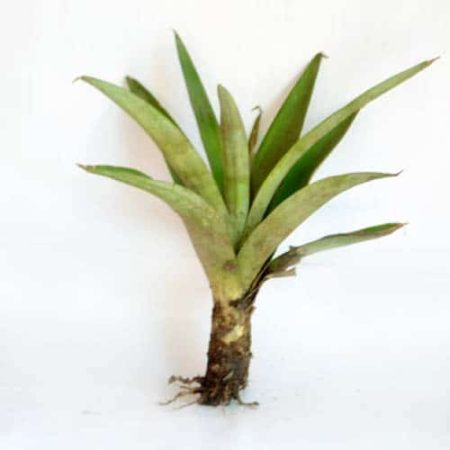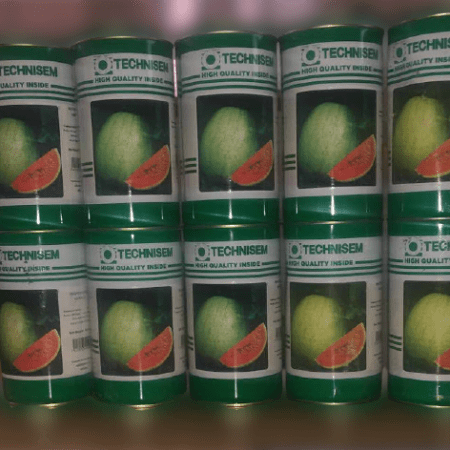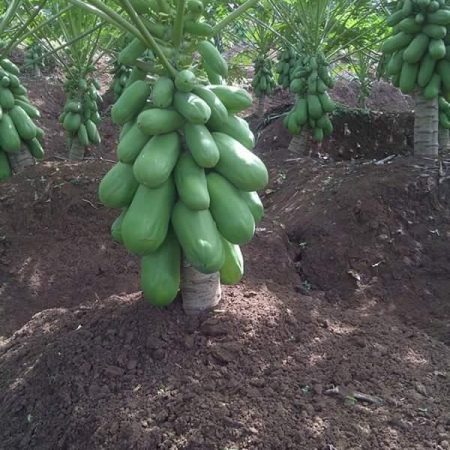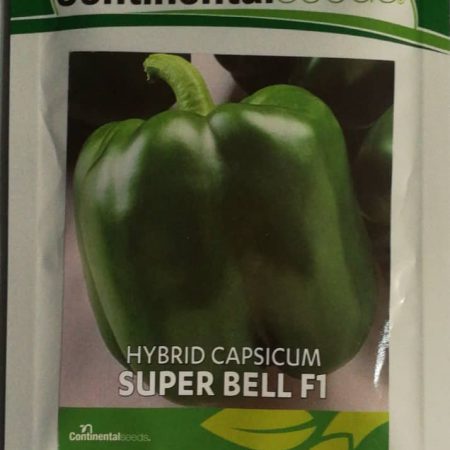Red Cabbage Cabeza Negra Seeds (Hortus Brand)
₦3,500.00
35 people are viewing this product right now
🔥 12 items sold in last 3 hours
Red cabbage seeds are also called cabeza negra (red cabbage). Red cabbage seeds variety of cabbage seeds features smooth, solid red leaves. Red cabbage seeds have a big head and good taste as well.
Product Specifications for Cabbage Red
red cabbage Cabeza Negra heads are broad and smooth.
lovely flavor and texture
White veins and a deep red tint characterize the interior head.
Red cabbage seeds have extremely dark, nearly black outer leaves.
Pleasant firmness and flavor.
unprocessed seed.
10g sachet size<strong
Buy more save more!
Buy from 5 to ∞ items and get 5% OFF
on each productRed Cabbage Cabeza Negra Seeds
Grow a giant of the garden with the Red Cabeza Negra, a king among cabbages! This heirloom variety boasts mammoth heads, weighing up to a whopping 2 kilos, bursting with vibrant purple majesty.
Benefits of red cabbage Cabeza Negra:
- Solid, smooth, ruby red leaves: Forget tough, ribbed exteriors. Cabeza Negra pampers your palate with melt-in-your-mouth tenderness. 😋
- Mid-late season titan: Patience rewarded! This beauty thrives in cooler weather, extending your harvest bounty. ❄️🍂
- Nutrient powerhouse: Vitamins, antioxidants, and fiber, oh my! Cabeza Negra is a health hero in disguise. 💪
- Wrinkled, dark green armor: Those aren’t just any leaves, they’re nature’s built-in pest protectors! 🛡️
- Versatile culinary canvas: Sauté, steam, roast, shred, pickle, or ferment. This cabbage is your culinary chameleon. 🎨
How to plant Cabbage Red (Cabeza Negra) in detail
Thin plants to 18 to 24 inches (45-61 cm) apart after sowing cabbage seeds 12 inches deep and spaced 1 inch (2.5 cm) apart.
When plants are 4 to 6 weeks old and have 4 to 5 genuine leaves, transplant cabbage into the garden.
Set plants with lanky or twisted stems deeply; you can bury the main stem up to just below the top two pairs of leaves, or 1 to 2 inches (2.5–5 cm).
In rows that are 24 to 36 inches (61-91 cm) apart, space seedlings are 18 to 24 inches (45–61 cm) apart. Plants can be spaced closer together, but the mature heads will be smaller.
Plant cabbage through black plastic or garden fabric that has been used to warm the soil in the early spring. To lay out the transplants, cut an x on the fabric.
So that they are ready for harvest at various times, plant succession crops every two weeks, seeds and transplants at the same time, or early and mid-season kinds.
For each member of the household, grow 4 to 8 cabbage plants.
How to grow Cabeza Negra, a red cabbage
A cool-weather crop is a cabbage. It is best to plant cabbage in the spring so that it matures before the summer heat or to start it in the mid-to-late summer so that it matures during the cool months of autumn, winter, or early spring.
indoor seedlings 4–6 weeks before the spring’s final frost.
Plant cabbage transplants in the garden as early as three to four weeks before the last spring frost, when they are three to four inches (7 to 10 cm) tall.
When the soil in the spring can be worked, direct-sow seeds outdoors.
Start seeds in the late summer for a winter or spring crop in areas with moderate winters.
Vegetables that can be grown with Cabbage Red Black Cabeza
Avoid pole beans, strawberries, and tomatoes; instead, grow cabbage with beets, celery, fragrant herbs, onions, and potatoes.
Advice for caring for red cabbage Cabeza Negra
Mulch should be used around cabbage, especially during warm weather, to maintain soil moisture and keep the soil cool.
When cabbage heads grow too quickly and absorb too much water, they will split.
A week before harvest, twist heads a quarter turn to separate some roots and stop water absorption to prevent this damage.
If the harvested heads are small, plant earlier the following season and amend the soil with nitrogen.
feeding and watering of the black cabbage (cabeza negra)
Cabbage needs consistent, routine irrigation. Stunted or cracked heads can be the result of uneven irrigation.
Every week, provide cabbage 1 to 112 inches of water; 1 inch is equivalent to 16 gallons (60.5 liters).
Reduce watering as plants mature to prevent splitting heads.
Feed plants a diluted solution of fish emulsion every two weeks or fertilize cabbage at the midway when plants have established strong nitrogen fertilizer, such as 10-5-5.
Harvesting of red cabbage Cabeza Negra
As soon as the cabbages are hard and a good size, harvest them. While enormous cabbages from autumn growth survive well over the winter, smaller cabbages are typically more tender.
Additional premium seeds include 50g of Conquistador F1 cabbage seeds and Clemson spineless okra (continental seeds).
Only logged in customers who have purchased this product may leave a review.
Related products
₦7,000.00


₦8,000.00









Reviews
There are no reviews yet.